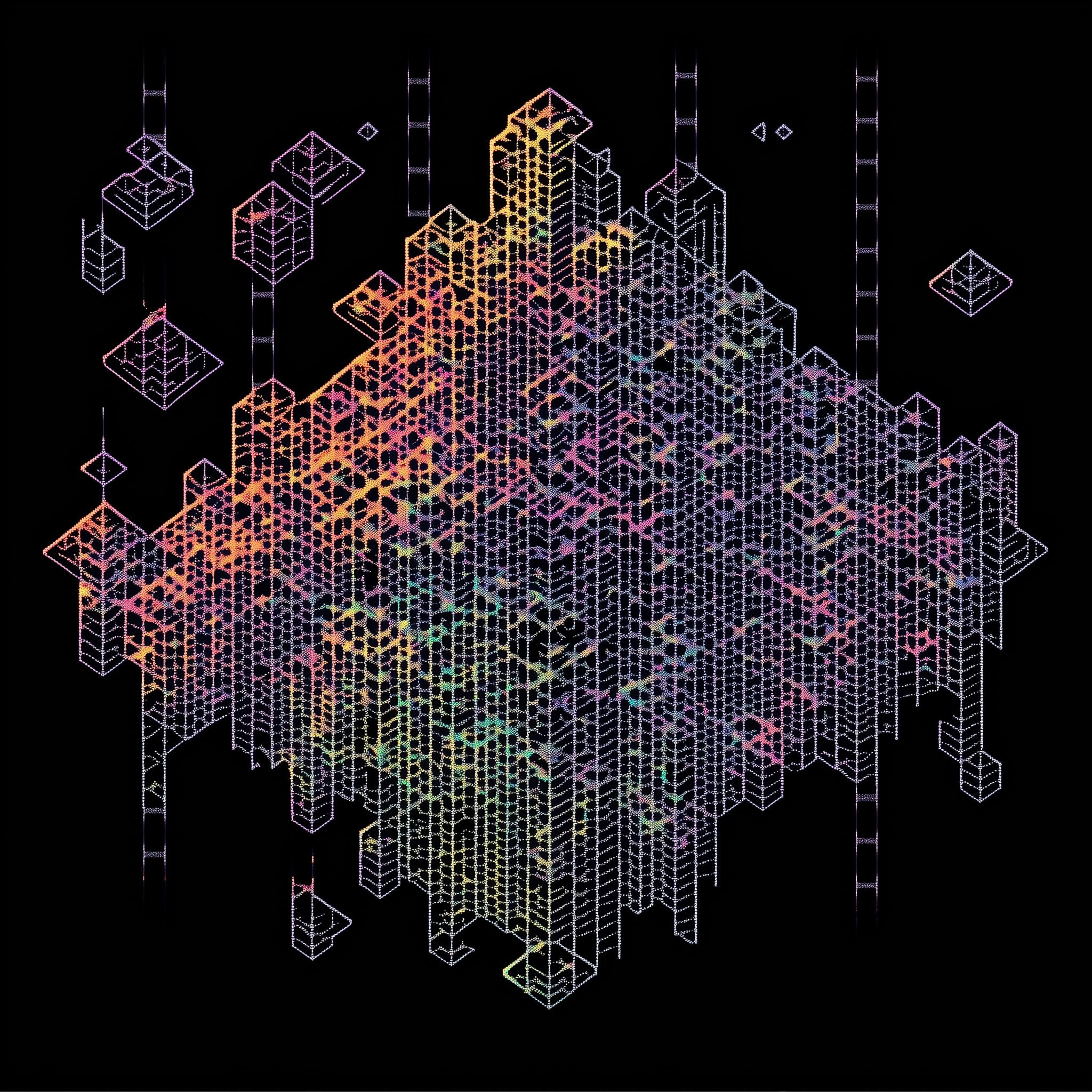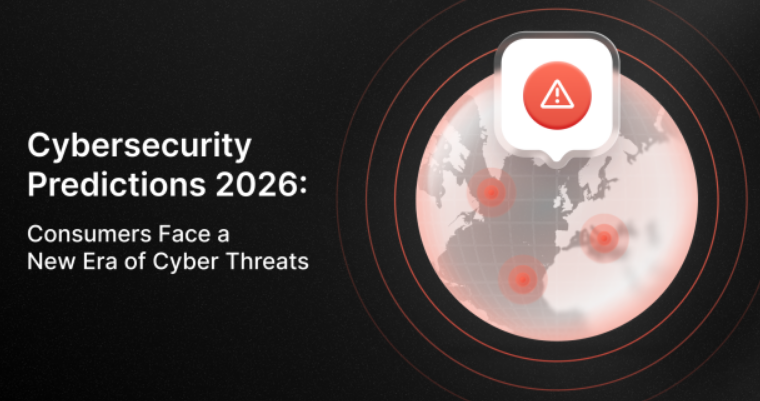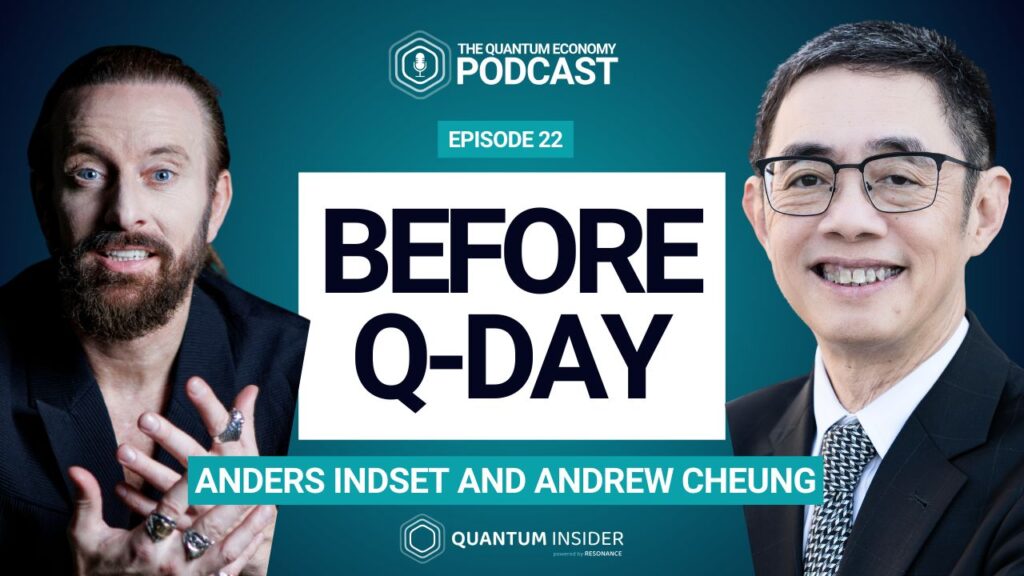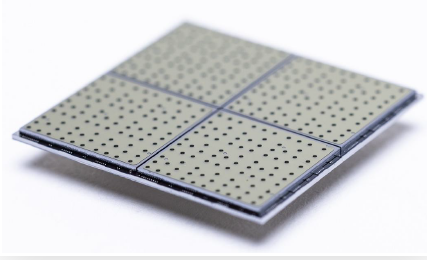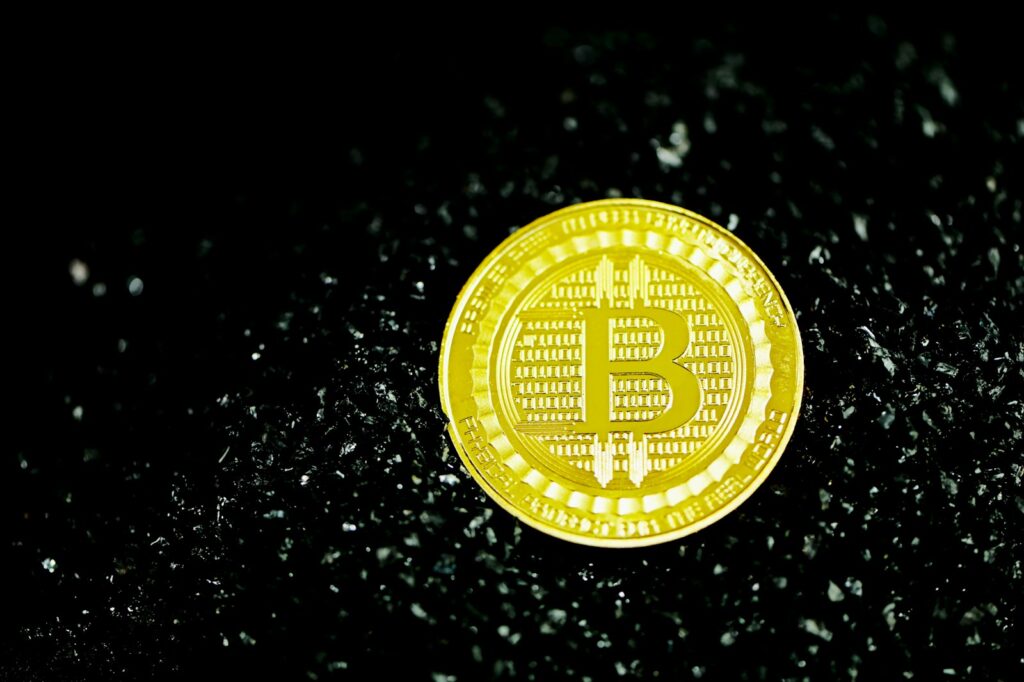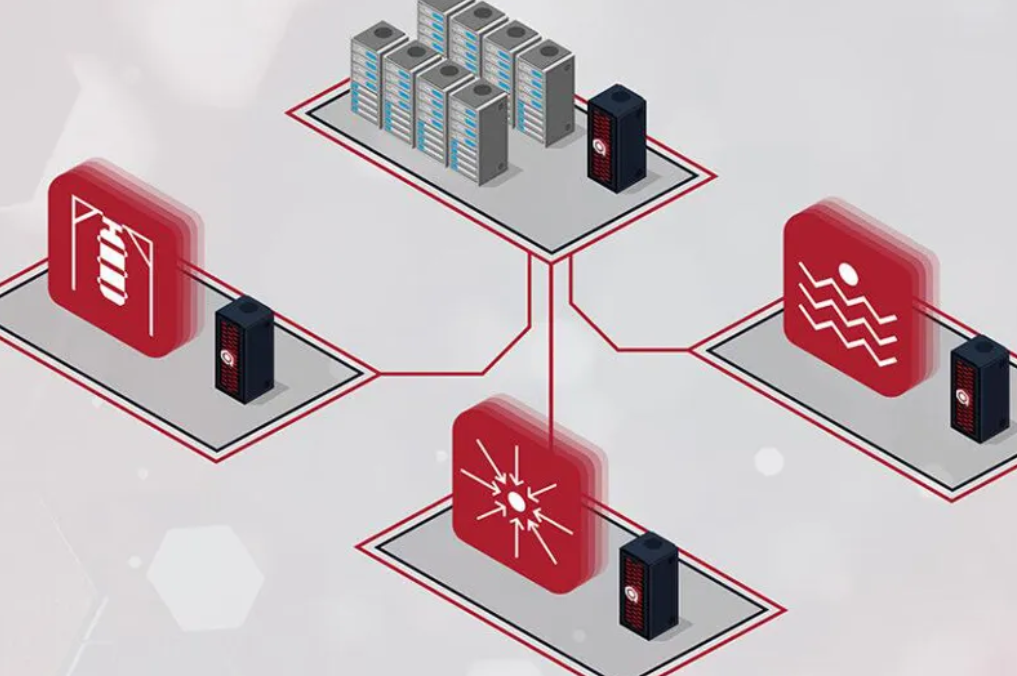Insider Brief:
- Researchers from RWTH Aachen University and Forschungszentrum Jülich proposed using quantum cellular automata (QCAs) for quantum error correction, building on the classical concept of cellular automata.
- QCAs operate by adjusting qubits based on the states of their neighbors, preserving the quantum state across the system without requiring measurements, which reduces the risk of collapsing superpositions.
- The study tested two QCA designs, Rule 232 and TLV, finding that TLV was more robust under noise and outperformed classical repetition codes, making it a strong candidate for quantum memory.
- Although still theoretical, QCAs offer promising potential for scalable, automated quantum error correction, though challenges remain in real-world implementation, particularly regarding noise resilience and hardware development.
Before there was the need for quantum error correction, there was classical error correction. As is many things, a process that has past success rates is worth revisiting for adaptation. One such past iteration includes cellular automata, a classical concept originally devised to model complex systems via simple, local interactions. While these systems have been explored in classical error correction contexts, the question remained whether their quantum counterparts—quantum cellular automata—could be similarly applied to quantum error correction. In a recent study published in Physical Review Letters, researchers at RWTH Aachen University and Forschungszentrum Jülich present a framework where quantum cellular automata to develop a fully automated, measurement-free approach to error correction.
Quantum Error Correction Without Hints: QCAs Preserve Coherence Through Local Updates
Quantum cellular automata function by applying local update rules, meaning each qubit is adjusted based on the state of its immediate neighbors, much like how a grid of cells in a classical cellular automaton updates according to the states of the surrounding cells. This method occurs simultaneously across all qubits, allowing the entire system to evolve in unison. As noted in the study, the significance of this approach lies in how it preserves the quantum state across the entire system. This is important because quantum states are delicate and prone to errors, especially in large systems.

In traditional quantum error correction, measurements, called syndrome extraction,” involve checking for errors by extracting certain information from the qubits without directly disturbing their quantum states. However, measuring quantum states becomes difficult because it risks collapsing the superpositions or entanglements that make quantum computing what it is in the first place. In contrast, QCAs bypass the need for these measurements. Instead of measuring and then correcting, the QCA design automatically corrects errors by having qubits interact with their neighbors, avoiding the potential pitfalls of quantum-to-classical transitions. By relying entirely on unitary operations that evolve the quantum state without measurements, the QCA approach preserves coherence in ways that classical approaches cannot.
Density Classification Meets Quantum Memory
To explore the potential of QCA, the team investigated the density classification problem—a classical challenge where the goal is to force all cells in a system into the majority state (either 0 or 1). In quantum terms, this translates to aligning qubit states into a coherent superposition that resists noise.
The research presents two QCA designs based on the classical Rule 232 and TLV. While Rule 232 struggled with error groups clustering into islands (which prevent successful classification), TLV proved to be far more robust. By simulating these automata under various noise conditions (bit-flip and depolarizing noise), the researchers found that TLV outperformed classical repetition codes under certain circumstances, which may make it a strong candidate for quantum memory.
Simulations revealed that the QCA framework could sustain quantum information for a significant number of update steps before a logical error, such as a qubit flip, occurred. In particular, the quantum TLV performed well even in noisy environments, further making the case for its use as a quantum memory component.
According to the study, one of the key insights was that the QTLV architecture managed to outperform classical repetition codes under moderate noise levels. This finding highlights the potential of QCAs to serve as a new tool for quantum error correction—especially when concatenated, as the researchers propose, to address both bit and phase flips.
Reimagining Quantum Error Correction
While still in the theoretical and simulation stages, the proposed QCA models have far-reaching implications. As noted in the study, if successfully implemented in physical systems, they could provide a scalable, automated method for quantum error correction, reducing the reliance on complex, measurement-based approaches.
However, there are notable limitations to be addressed. As the researchers point out, these models are still in their theoretical and simulation stages, and their performance in real-world, noisy environments remains to be seen. Additionally, the current QCA designs have only been tested under specific noise conditions, and scaling them up to more complex systems could reveal further challenges, particularly with maintaining coherence and managing larger qubit arrays. The study also acknowledges the practical difficulties in implementing these systems experimentally, including the need for high-fidelity, multi-qubit gates, and the uncertainties surrounding the development of resilient quantum hardware.
The researchers also speculate about potential experimental realizations, particularly with platforms like Rydberg atom arrays, which are capable of supporting the high-fidelity, multi-qubit gates necessary for QCAs. Such systems could eventually enable measurement-free quantum error correction in practical quantum computers. Overall, by reimagining quantum error correction through the lens of quantum cellular automata, there is potential for more efficient, scalable, and automated quantum memory solutions.
Contributing authors on the study include T. L. M. Guedes, D. Winter, and M. Müller.

